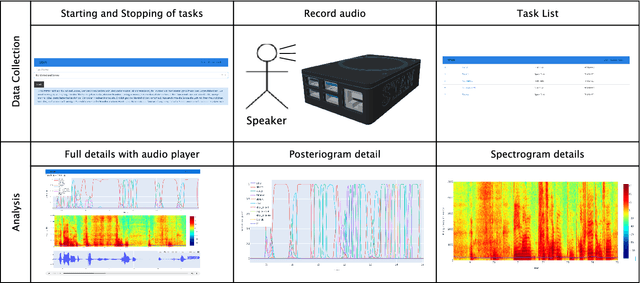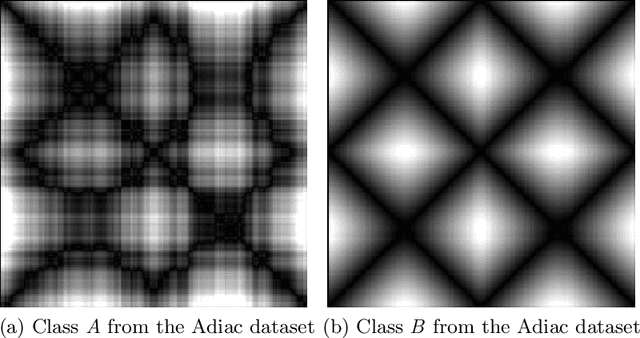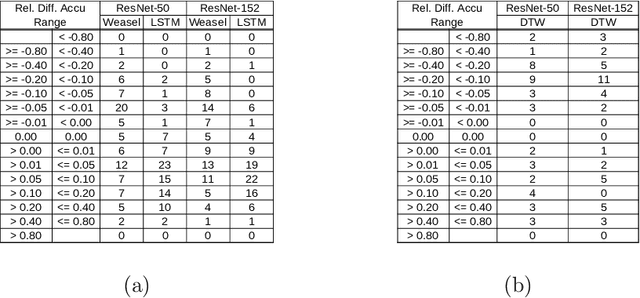Jochen Schmidt
Learning to Solve Climate Sensor Placement Problems with a Transformer
Oct 18, 2023Abstract:The optimal placement of sensors for environmental monitoring and disaster management is a challenging problem due to its NP-hard nature. Traditional methods for sensor placement involve exact, approximation, or heuristic approaches, with the latter being the most widely used. However, heuristic methods are limited by expert intuition and experience. Deep learning (DL) has emerged as a promising approach for generating heuristic algorithms automatically. In this paper, we introduce a novel sensor placement approach focused on learning improvement heuristics using deep reinforcement learning (RL) methods. Our approach leverages an RL formulation for learning improvement heuristics, driven by an actor-critic algorithm for training the policy network. We compare our method with several state-of-the-art approaches by conducting comprehensive experiments, demonstrating the effectiveness and superiority of our proposed approach in producing high-quality solutions. Our work presents a promising direction for applying advanced DL and RL techniques to challenging climate sensor placement problems.
STAN: A stuttering therapy analysis helper
Jun 15, 2021
Abstract:Stuttering is a complex speech disorder identified by repeti-tions, prolongations of sounds, syllables or words and blockswhile speaking. Specific stuttering behaviour differs strongly,thus needing personalized therapy. Therapy sessions requirea high level of concentration by the therapist. We introduceSTAN, a system to aid speech therapists in stuttering therapysessions. Such an automated feedback system can lower thecognitive load on the therapist and thereby enable a more con-sistent therapy as well as allowing analysis of stuttering overthe span of multiple therapy sessions.
Timage -- A Robust Time Series Classification Pipeline
Sep 19, 2019



Abstract:Time series are series of values ordered by time. This kind of data can be found in many real world settings. Classifying time series is a difficult task and an active area of research. This paper investigates the use of transfer learning in Deep Neural Networks and a 2D representation of time series known as Recurrence Plots. In order to utilize the research done in the area of image classification, where Deep Neural Networks have achieved very good results, we use a Residual Neural Networks architecture known as ResNet. As preprocessing of time series is a major part of every time series classification pipeline, the method proposed simplifies this step and requires only few parameters. For the first time we propose a method for multi time series classification: Training a single network to classify all datasets in the archive with one network. We are among the first to evaluate the method on the latest 2018 release of the UCR archive, a well established time series classification benchmarking dataset.
 Add to Chrome
Add to Chrome Add to Firefox
Add to Firefox Add to Edge
Add to Edge